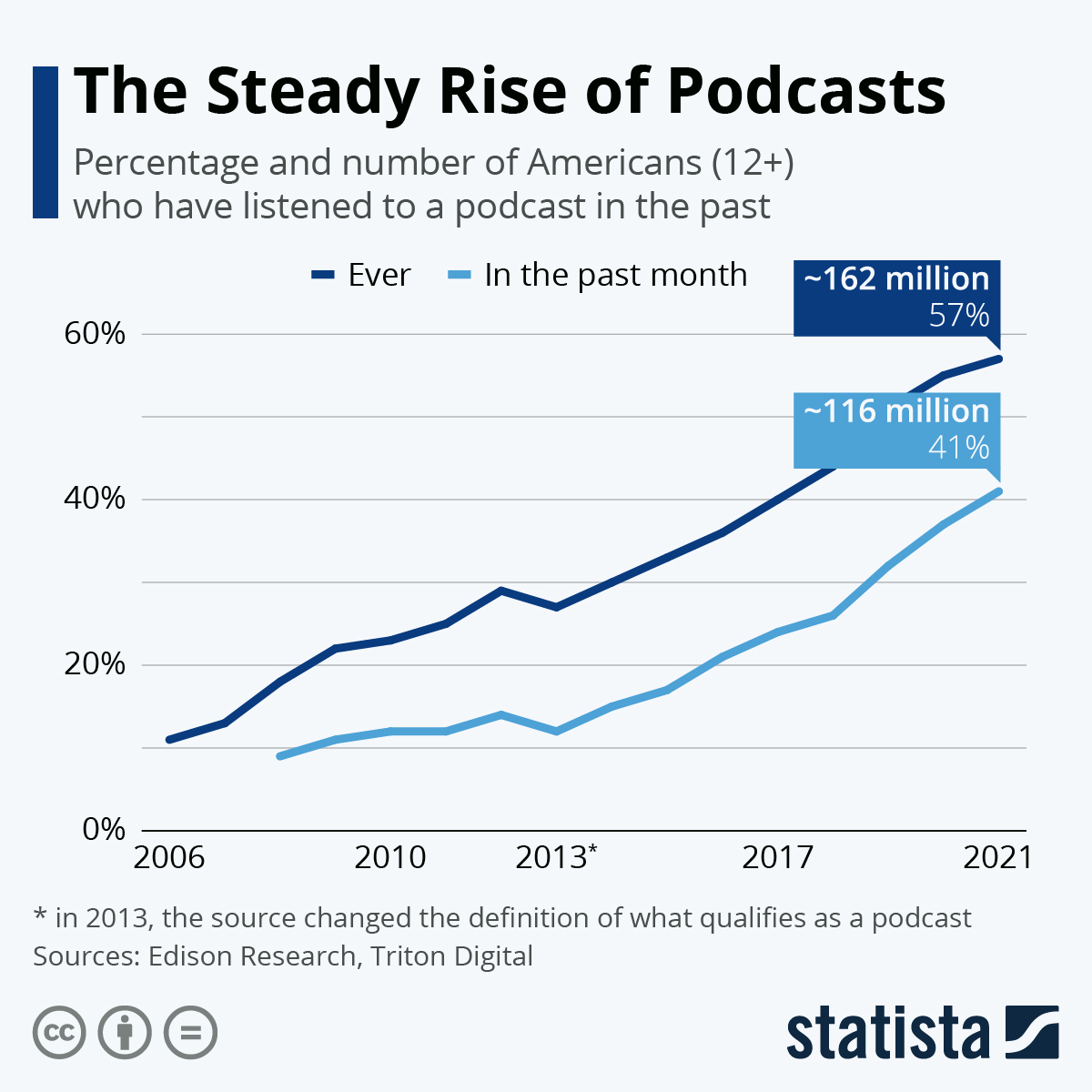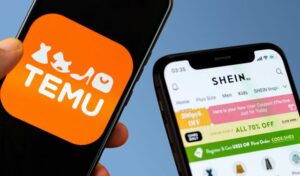If any further proof was needed that podcasts are a big deal, last week’s announcement of an exclusive deal between Joe Rogan and Spotify reportedly worth $100 million should do the trick. Under the licensing deal, the entire library of “The Joe Rogan Experience”, one of America’s most popular podcasts, will become exclusive to Spotify by the end of 2020. Like other Spotify exclusives, the podcast will be available to the services free users, meaning the prospect of bringing Rogan’s fans over to Spotify and have them rack up countless listening hours was enough for the company to write a $100 million check.
The Rogan coup isn’t the first big-money podcast deal Spotify has made and it’s by no means the largest. Last year, the company acquired podcast networks Gimlet and Anchor for $340 million, before shelling out $196 million for The Ringer, the podcast and media company founded by ESPN alumni Bill Simmons. According to Spotify’s latest earnings report, 19 percent of its 286 million monthly active users engage with podcasts, as consumption grows at triple-digit rates year-over-year. “We continue to believe that our investments in podcasts will benefit the platform as a whole, and see an overall benefit to both usage, engagement, and retention across both Ad-Supported and Premium,” the company wrote to explain its sizeable investments in the medium.
Over the past decade, podcasts have seen a steady rise in popularity. According to Edison Research, 75 percent of Americans are now familiar with the term “podcasting” and more than 5 in 10 have listened to a podcast themselves. The format’s rise in popularity clearly coincides with a general increase in digital media consumption, specifically on mobile devices, but it was also helped by the fact that the selection of quality podcasts is virtually limitless these days. Covering anything from politics and sports to pop culture and investigative journalism, both major media organizations and independent producers are embracing podcasts as a way to reach a highly engaged audience with long-form content.
source statista

You will find more infographics at Statista
Ask me anything
Explore related questions





